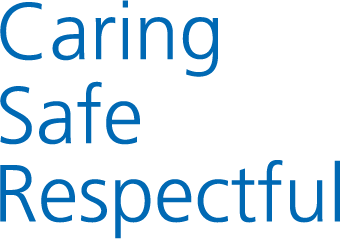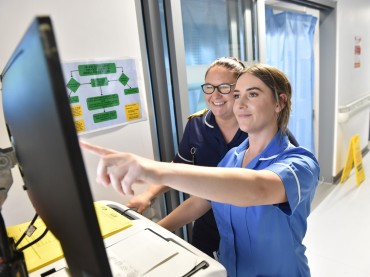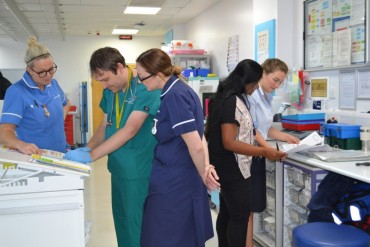Overview
Oxygen therapy is normally used to help improve low blood oxygen levels, however a cluster headache is the only indication for oxygen therapy in the absence of low blood oxygen levels.
It is a prescribed medication. The amount you have been prescribed has been carefully assessed and is individual to you.
High flow short-burst oxygen has been shown to be effective at aborting attacks for some patients with cluster headache.
We are aware this PDF might not be accessible to all users. Read our accessibility statement to learn more.



